Inasa no Hama, Izumo’s Sacred Shore
In the realm of Japanese mythology, few places are more important than the designated meeting place of all the Japanese gods- Izumo Taisha. Every year some 8 million curious gods all congregate in this one shrine.
But just as important as the meeting in the shrine itself is another sacred place where the gods gather, Inasa no Hama. Located just fifteen minutes away from Izumo Shrine, this beautiful beach is worth the trip for that in and of itself. Inasa no Hama’s beauty withstanding is the very site of the gods ‘welcoming ceremony’ at their annual gathering in Izumo. Not only that, but it is also where the Earth and Heavens became linked.
The Myth of Kuniyuzuri
In the Kojiki, the story of Kuniyouzuri is where the Kami of the Heavens (Amatsukami) like Amaterasu, received the land from the Kami of the Earth (Kunitsukami) namely Okuninushi. Though the Izunami and Izunagi created the land long ago, other gods and creatures had since come to live there. Though Amaterasu had rights to the land her parents created, in order to take over the land, she needed to willingly receive it. To complete this most important task, she sent Takemikazuchi to Izumo.
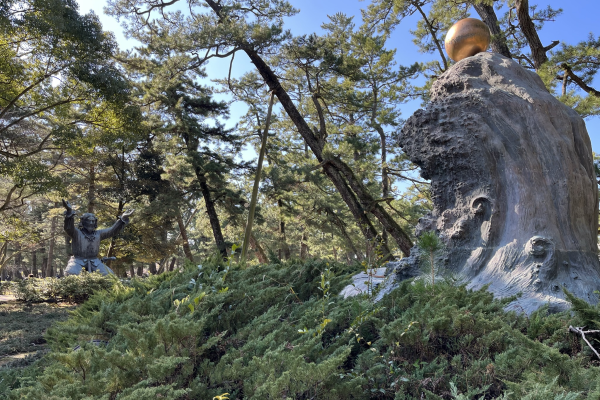
Takemikazuchi landed on Inasa no Hama and told Okuninushi to give up his land to Amaterasu. Okuninushi told Takemikazuchi to talk to his two sons, Kotoshironushi and Takeminakata. When approached by Takemikazuchi, Kotoshironushi quickly agreed to relinquish the land to Amaterasu. However, Takeminakata refused, so they decided to have a duel to see which was stronger, which they would carry out on Inasa no Hama.
When Takeminataka grappled Takemikazuchi’s hand, his hand turned into an icicle and then a sword. Takemikazuchi then grabbed Takeminakataka’s other hand and crushed it. Terrified, Takeminakata fled, but Takemikazuchi was relentless in his pursuit. Eventually, they reached Lake Suwa (in present-day Nagano) where Takeminakata at least admitted defeat and agreed to relinquish the land to Amaterasu.
In this way, the earth and sky became joined.
Inasa no Hama
Inasa no Hama is 15 minutes away from Izumo Shrine. The road “Okuni no Michi” leads to Inasa no Hama from the shrine. For those interested in the Japanese performing arts the name ‘Okuni’ should stand out as Izumo no Okuni was the founder of Kabuki. Her grave is in the small graveyard on a little hill and it is worth a stop.
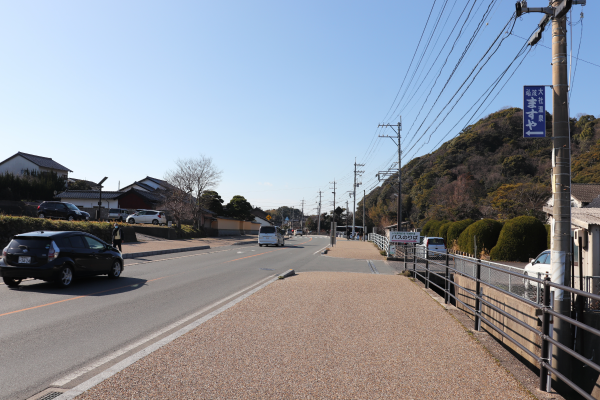
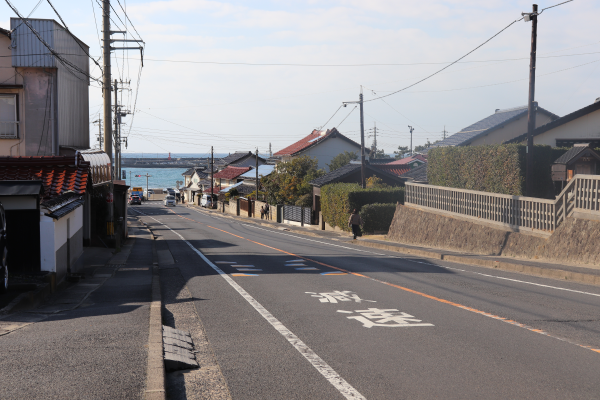
Inasa no Hama is very beautiful beach. It is particularly famous for its dazzling sunset.
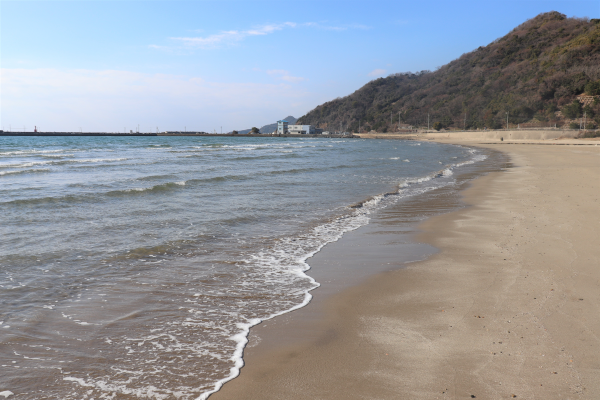
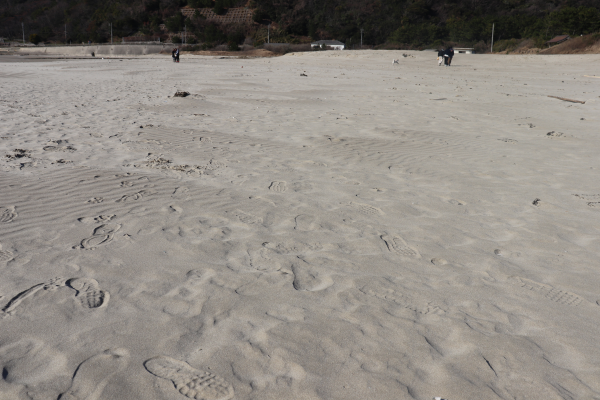
October is called Kannazuki (lit. no god month) in Japanese, but in Izumo it is Kamiarizuki (lit. god month). This is because gods from all over the country gather in Izumo. All the gods first come to Inasa no Hama and celebrate in a sort of welcoming gods festival that takes place on *October 10th every year. (October 10th according to the old Japanese calendar, which is sometime around mid-November on our modern calendar. )
Looking around the beach, there is a huge rock in the center. The rock is called Bentenjima. The shrine on Bentenjima houses Toyotomahiko no Mikoto, the daughter of the god of the sea. At one time is also enshrined the dual Shinto and Buddhist goddess Benzaiten.
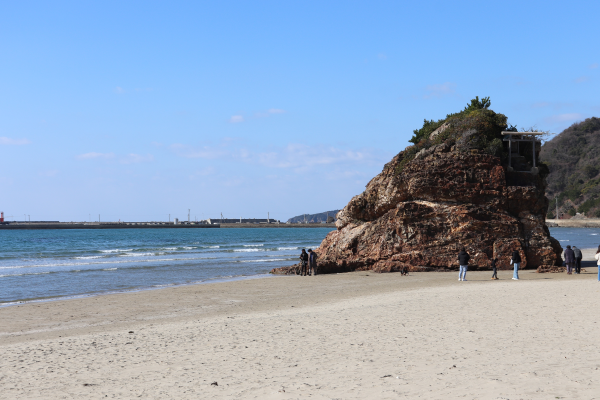
Honozan Park
If you have enough time and energy, you can walk up to Honozan Park to get some great views of the area. It takes only 15 minutes or so, but the hill is a little bit steep. Located 70m high above ground level, you can get a panoramic view of Izumi City from the observation deck.
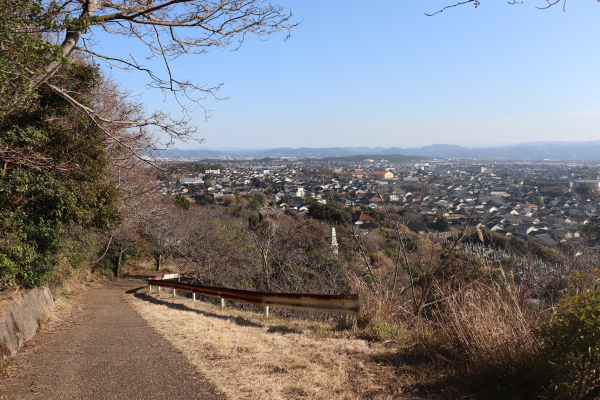
From the observation deck, we could luckily see Mt. Sanbe far in the distance. In Izumo Fudoki, the old folktale of Izumo, Yatsukamizuomitsunu no Mikoto, in order to expand the land, used a rope to part of Korea, saying “Kuniko, Kuniko!” (here comes the land, here comes the land). He tied the rope to Mt. Sanbe which later deteriorated and became Inasa no Hama.
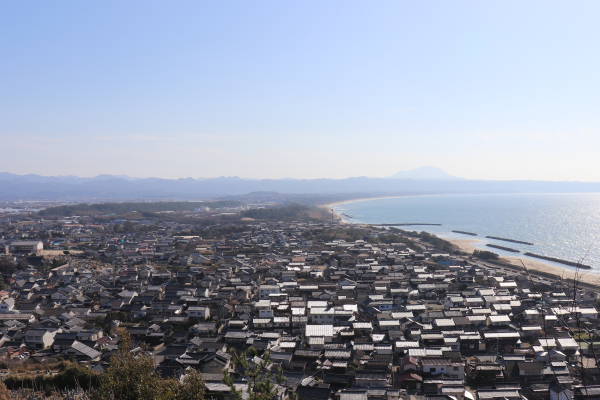
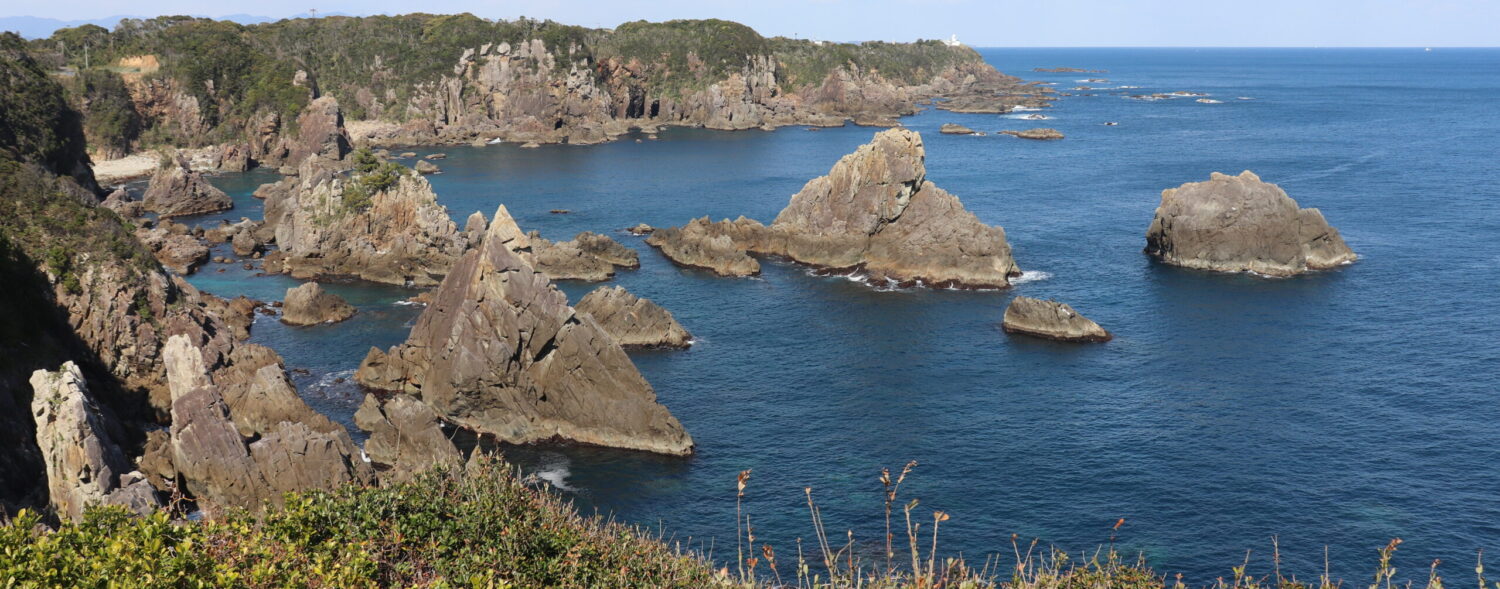
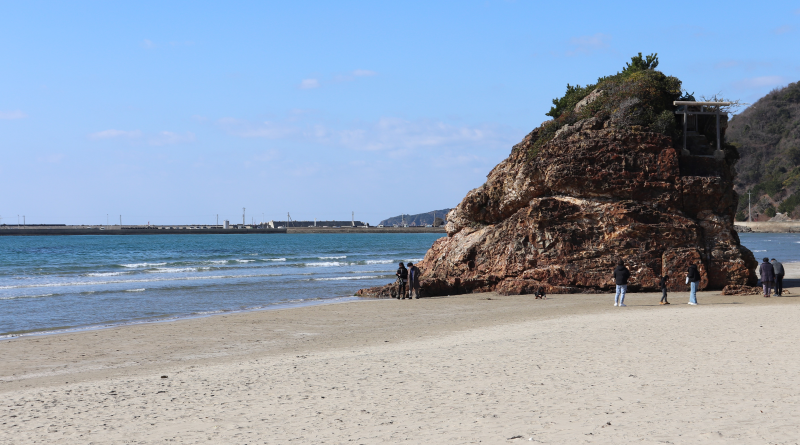
Leave a Reply